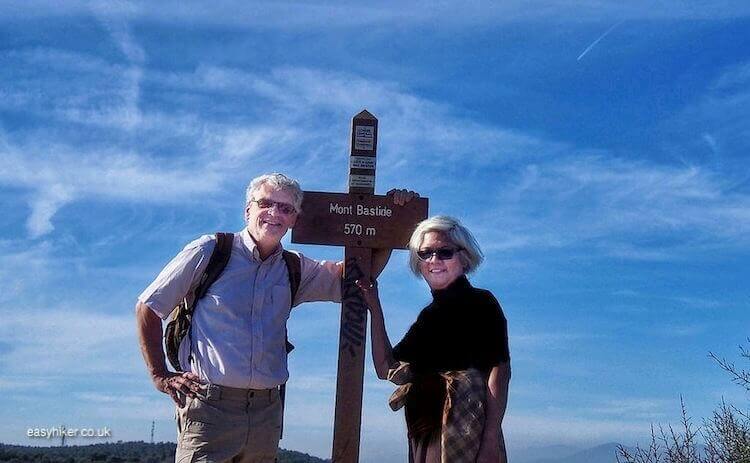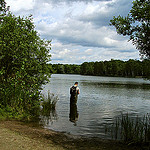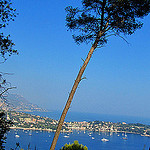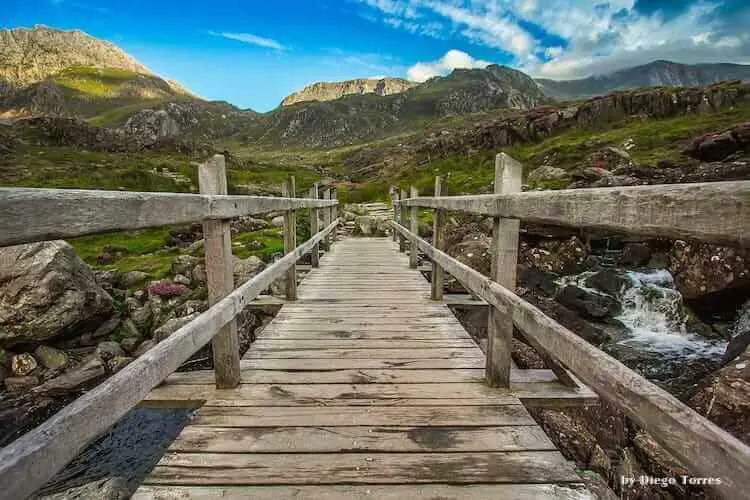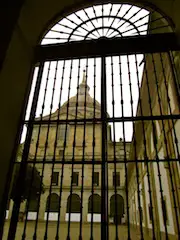Guest Post: Hiking in Brazil
The “pico da Tijuca” (alt. 1021 m) is the highest point of the Floresta da Tijuca (Tijuca Forest) and one of the highest points in the city of Rio de Janeiro, Brazil.
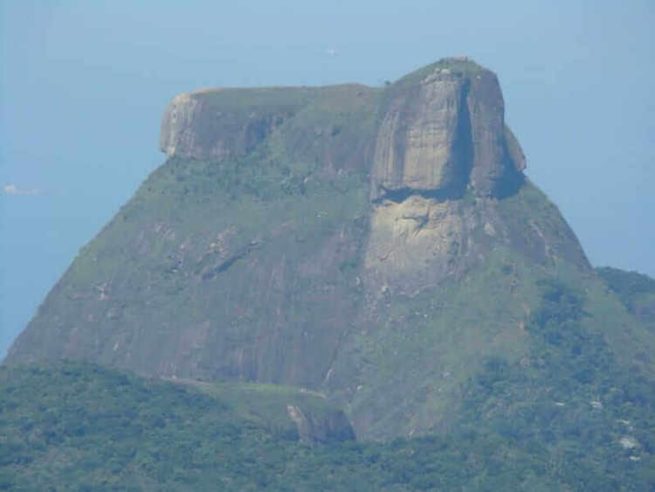
Hiking In Rio De Janeiro
From the top, you have a marvelous view over most of Rio’s “Zona Norte”, “Zona Sul”, with the famous beaches of Ipanema and Leblon, as well as the city center.
The hike
Right from the beginning, the trail starts climbing, and will keep doing so until the top. There is about 700 m of elevation that needs to be overcome in 5 km, with an average incline of around 14%.
Apart from being fairly steep, the trail is sometimes rocky and uneven, and at times you need to climb under or over fallen trees.
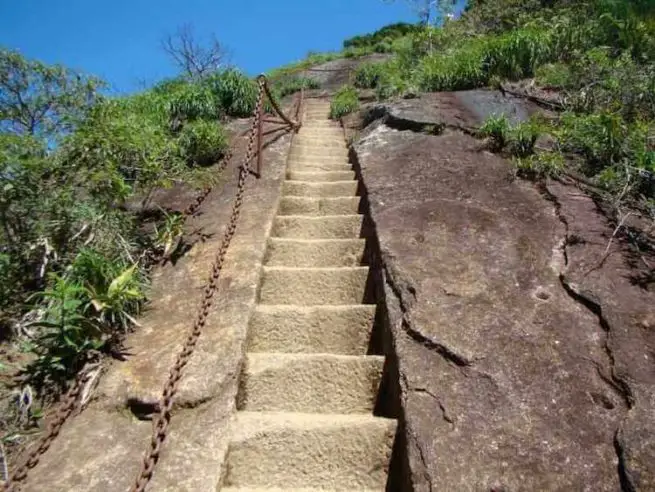
This stairway was especially made for the Belgian King Albert 1, an avid mountaineer who visited Rio de Janeiro in 1920.
The story has it that King Albert never used the stairway, but preferred to go natural, despite the bad weather conditions at the time. (Albert 1 fell to his death while rock climbing in Marche-les-Dames in Belgium).
Once on the top of the pico da Tijuca, the entire city of Rio de Janeiro seems to unfold beneath you in all its marvel.
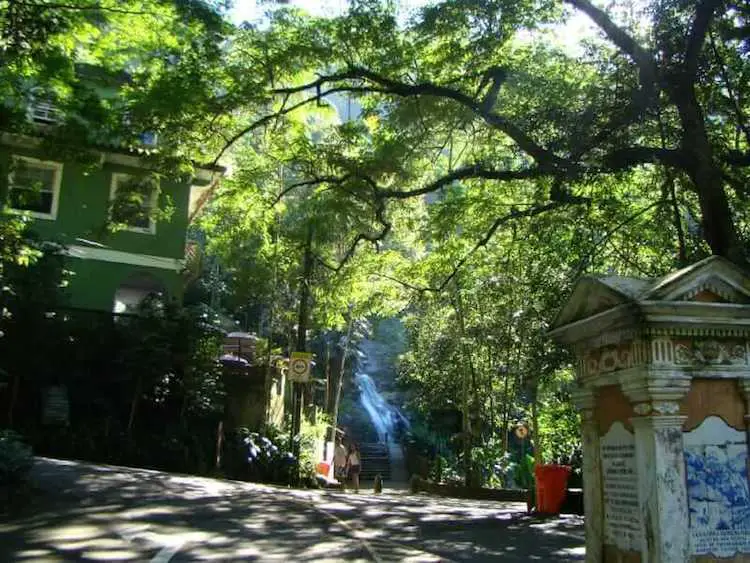
From this spot, you have a privileged view of Christ the Redeemer, Maracanã stadion, Sugar loaf mountain, the 16 km long bridge over Guanabara Bay to Niterói, Ipanema Beach, Lagoa, Pedra da Gávea… amongst other things.
It is a good idea to bring some food and enough water for the hike.
Despite the fact that most of the time, you’re protected by the canapé of the trees, temperatures can be pretty high in this part of Brazil, even in the winter months, and dehydration is a real danger.
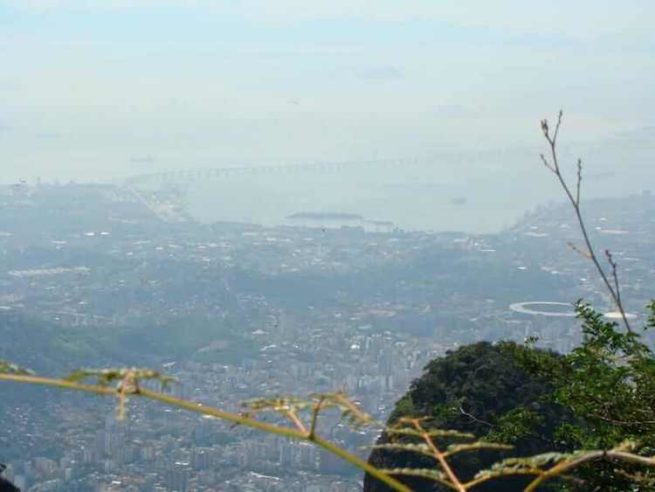
A few facts and history
On many websites, you will read that the Tijuca Forest is the biggest urban forest in the world. But during the 10 month guide course I took in Rio, I learned something different.
The Tijuca forest HAD BEEN the biggest urban forest in the world for a long time. But when the city of Rio de Janeiro expanded westward, the “Pedra Branca massive” was included in the metropolitan area. At that moment, the “maçiço da Pedra Branca” became the biggest urban forest.
Tijuca still has the title of the biggest replanted urban forest in the world though.
After years of intense deforestation to make room for coffee plantations, the emperor Dom Pedro II ordered that the forest be replanted.
In the second half of the 19th century, with the help of slaves, about 100.000 trees were planted, resulting in the lush forest you can visit today.
Getting there
The entrance of the Tijuca park is located in the “Alta da Boa Vista” Bairro, which is about a 45 minutes drive from the zona sul of the city.
Once inside the park, follow the road until you get to the “Praça Afonso Viseu”. This is the central point from where the hiking to the various peaks in the park are initiated.
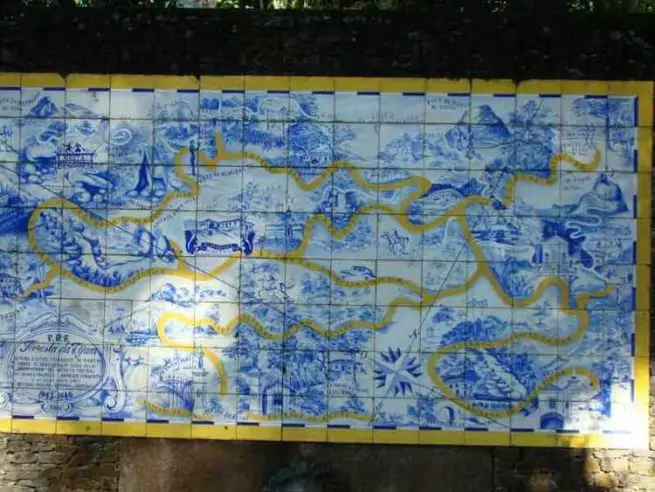
Other possibilities inside the Tijuca park
There are around 15 different peaks in the Tijuca park, and all the hiking trails to get to them start from the Praça Afonso Ribeira.
Some of the better known are:
- Pico do papagaio
- Pico da serrinha
- Pico do Anhanguera
- Alto da Bandeira
- Morro das Pedras
Are you up to hiking to the Pico da Tijuca next time you are in Rio de Janeiro?
Raf Kiss aka @MotoToursBrazil is a Belgian expat, living in Brazil since 2009. He’s a motorcycle and outdoors enthusiast, tour guide, seeker of adventure. At age 17, he started working in a saw mill, then in a car body shop and a few restaurant kitchen. With an accountancy degree earned from evening school, worked 15 years in the Venture Capital industry administrating venture capital funds. After arriving in Brazil and buying a Yamaha XT660R dual sports bike, he started exploring Rio de Janeiro state and then most regions of Brazil.

